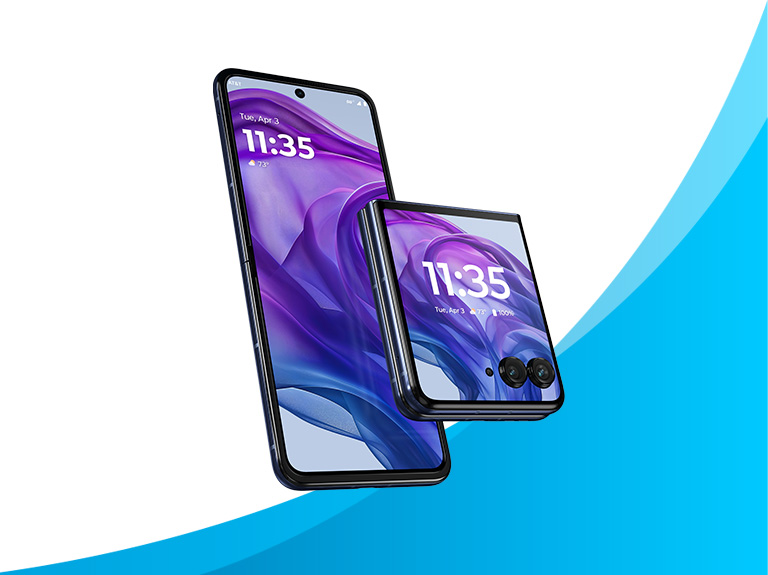Moving Beyond the Tip of the IoT Iceberg

This is just the beginning of making IoT deployments more effective
We don’t need a crystal ball to predict another year of growth for the Internet of Things (IoT). These 3 trends make me hopeful that IoT deployments will become more effective and widespread.
Low-Power Wide-Area (LPWA) coverage
LPWA 3GPP standard technology on licensed managed spectrum is outpacing rival LPWA offerings to support the next generation of IoT devices. It balances bandwidth and coverage while creating cheaper and more energy efficient devices. This will help improve coverage in buildings and underground. And it will also mean better security, carrier-grade capabilities and economies of scale.
The AT&T LTE-M network debuted in North America this spring. With this, and the support of other wireless operators worldwide, new IoT services will soon be supported. You’ll see everything from smarter cities to alarm and security monitoring to new and improved wearables.
Vertical enterprise and consumer solutions
As IoT hits more industries, the line between business-to-business (B2B) and business-to-consumer (B2C) solutions blurs.
Many enterprise and industrial IoT solutions are becoming B2B2C. This is a result of business end-users, like fleet managers, engaging with IoT devices that also connect to business systems.
Imagine staff equipped with wearables to improve safety. This is not a stretch. We’re seeing more sophisticated and experience-driven vertical solutions ousting generic IoT applications.
At the same time, a new generation of professional services is growing to speed businesses’ IoT adoption. Businesses are now using IoT to avoid and manage asset downtime by predicting its health. This keeps operations moving and boosts their return on investment.
AI and machine learning
The possibilities IoT offers are endless. But the challenge here is clear: how do we collate and analyze the tsunami of information it generates?
This is where big data analytics and machine learning come into their own. Machine learning is an application of artificial intelligence. It helps machines use data to figure out what rules to follow. It’s even more powerful when we combine it with software-defined networking.
Machine learning on AT&T global software-defined architecture makes the network more reliable, resilient and secure. This makes the most demanding IoT-enabled technologies, like autonomous vehicles, possible.
Technology is evolving quickly. And IoT’s impact on how we live our lives and do business can only grow.
We can soon expect regulating agencies to address issues like licensing, privacy and security and how they apply to IoT services. And businesses will rethink their security policies as IoT devices continue to flourish.
As it is, we’ve only seen the tip of the iceberg. Many possibilities still exist in IoT.

Linda Marceta, Regional IoT Director, Australia and New Zealand, AT&T


